Guest blog by: Lauren Chamberlain, Marine Programs Lead, Hawaii Marine Animal Response
Follow me to one of the most remote places in the world, the Hawaiian Archipelago. Located in the middle of the North Pacific Ocean, this small chain of tropical islands is surrounded by thousands of miles of vast blue ocean. Hawai‘i’s crystal clear waters and landscapes are home to over 9,000 endemic species, making it one of the most biodiverse regions on the planet. The species that are found here rely on a healthy marine ecosystem for their survival, including dolphins, whales, seabirds, sea turtles, and Hawaiian monk seals – an endangered marine mammal that is found only in the Hawaiian Islands.
Hawai`i’s marine animals face increasing threats from human activities and Hawaii Marine Animal Response (HMAR) works daily with NOAA, the State of Hawaii, and other partners to conserve protected marine animals and reduce threats to their survival. In 2019, in response to impacts to marine protected species from derelict fishing gear, HMAR developed a Marine Debris Program with the goal of removing hazardous debris, enhancing our understanding of the accumulation and patterns of debris, and reducing the amount of debris in the environment through community engagement. Since its inception and through the special connection they share with the ocean, 35 volunteer divers on O‘ahu have logged nearly 5,000 hours of marine debris removal dives, removed over 1,200 underwater entanglement hazards, and cleared debris from over 1,100 acres of underwater habitat.
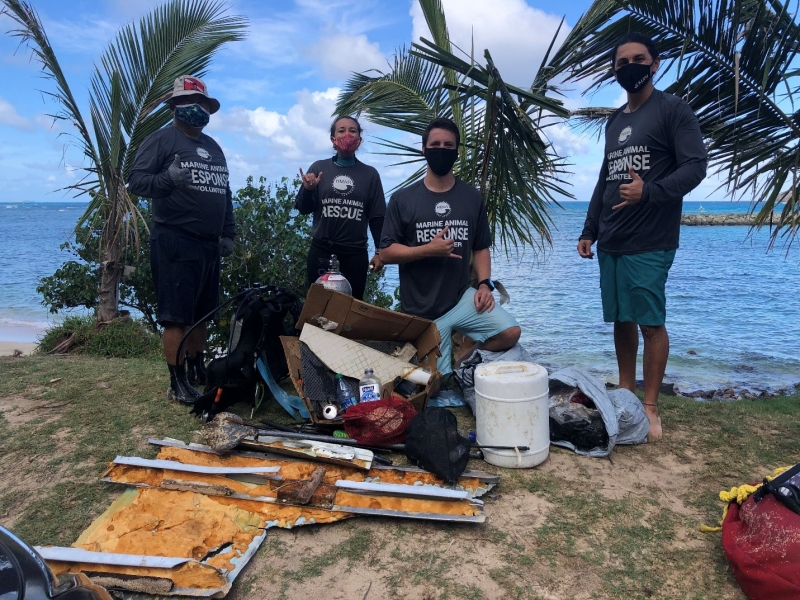
With the support of a NOAA Marine Debris Program removal grant, HMAR’s Marine Debris Program has also been able to engage with members of our community through our citizen science project, “BEAT DEBRIS.” This project encourages divers to report any debris collected while diving so we can understand accumulation patterns of underwater fishing debris on all main Hawaiian Islands. As an added incentive, divers who submit debris reports are entered into a random drawing for prizes. Additionally, through this project, a downloadable marine debris learning guide has been created, and ocean stewardship is encouraged in schools and at community events.
Lastly, it is important to HMAR that we take action to prevent debris from entering the ocean. Therefore, the HMAR Marine Debris Program started the first Fishing Line Recycling Program on O‘ahu. With the help of the NOAA Marine Debris Program and the State of Hawaii Department of Land and Natural Resources’ Division of Boating and Ocean Recreation, we have installed seven fishing line recycling bins in heavily fished harbors. This program encourages fishers to recycle their line which will be repurposed into other items, such as artificial fish habitats, to prevent it from entering the marine environment. HMAR conducts monthly outreach events at these bins to talk story with fishers and discuss the issue of marine debris. We hope to expand this Fishing Line Recycling Program by nearly three times by the end of 2021.
The ocean is a vital resource to countless inhabitants in the Hawaiian Islands. For marine animals, they rely on a healthy marine ecosystem for their survival. For many in the local Hawaiian community, the ocean is their way of life, whether it is to feed their families, to exercise, or to relax and rejuvenate. Many people find a sense of home in the ocean that we share with abundant marine life in Hawai‘i. Through HMAR’s Marine Debris Program we have found that we are all one community, connected by a common love for our ocean, and we each have a role in conserving it.
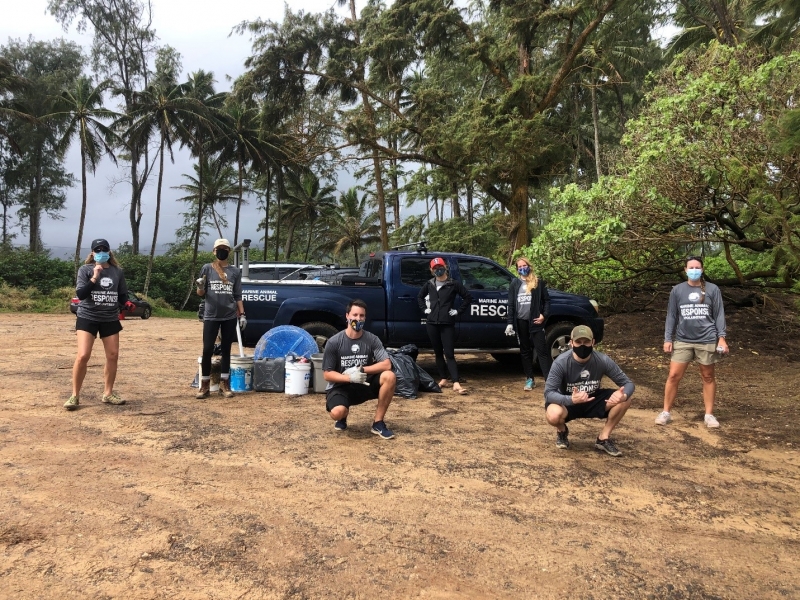

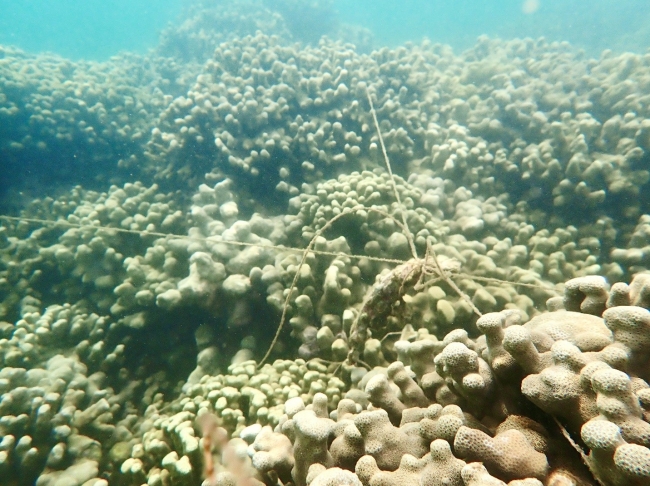
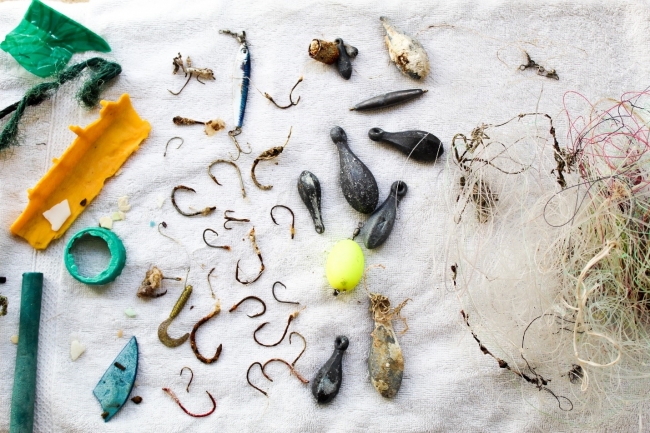
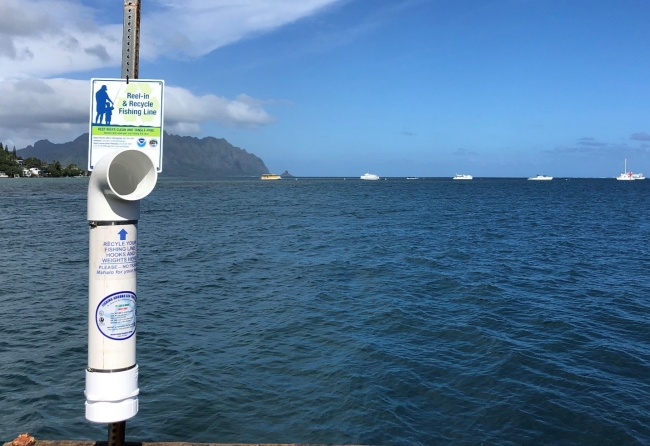
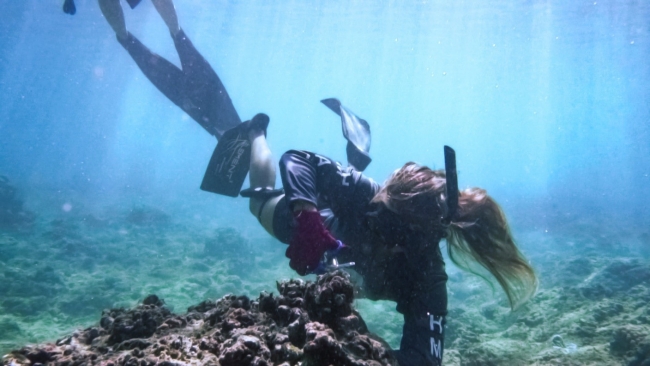
I would love more information and would love to help.